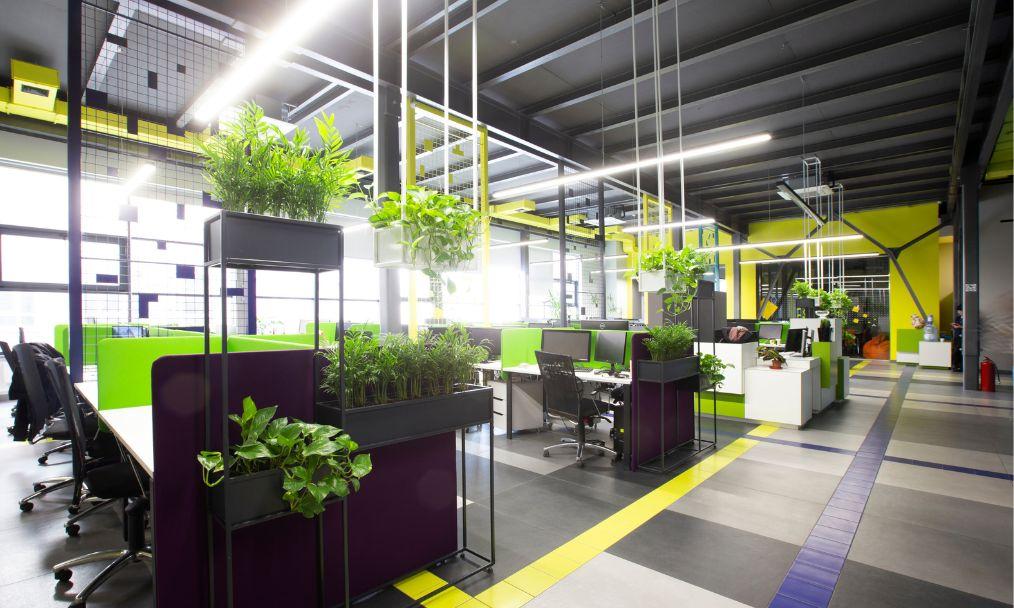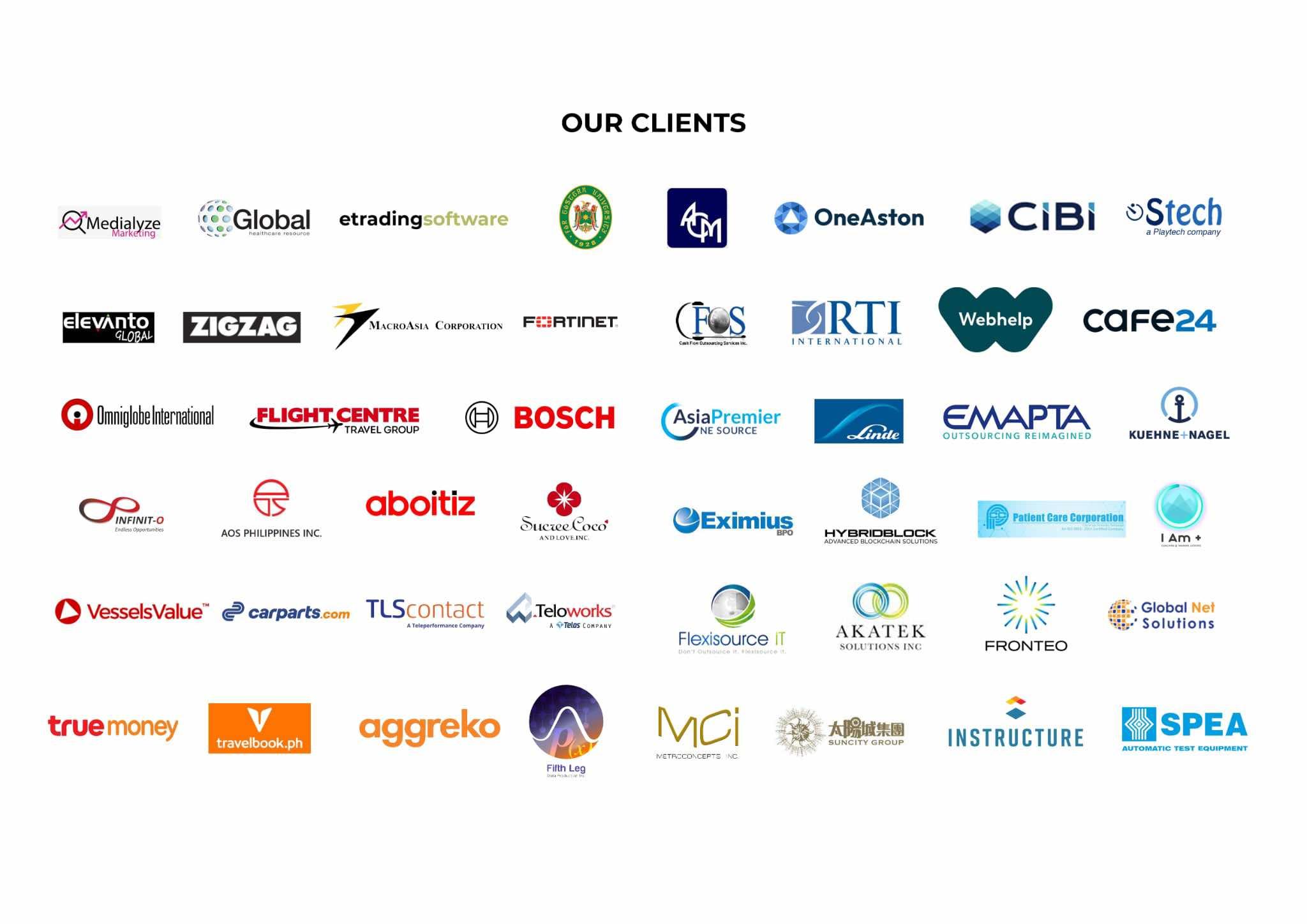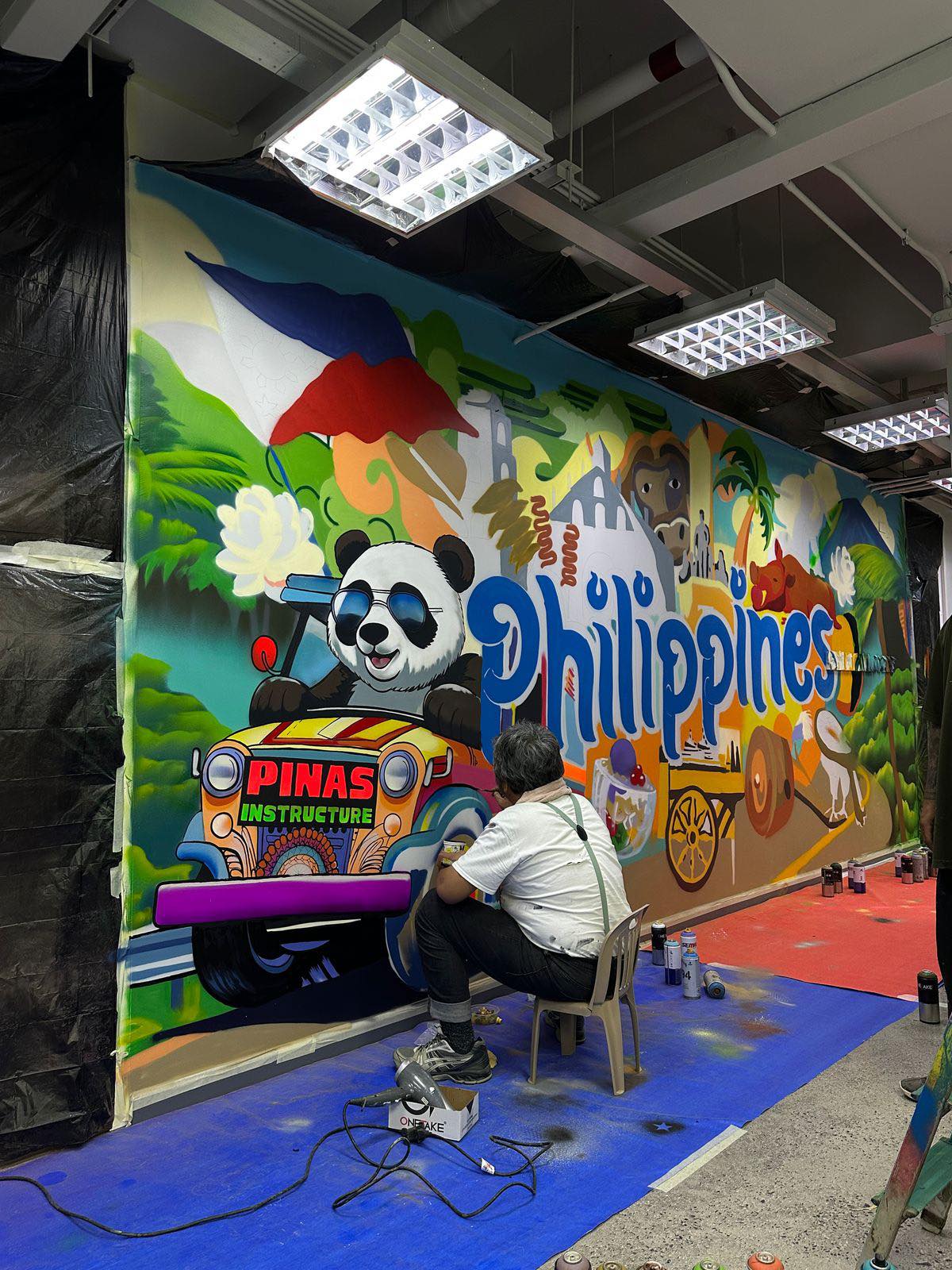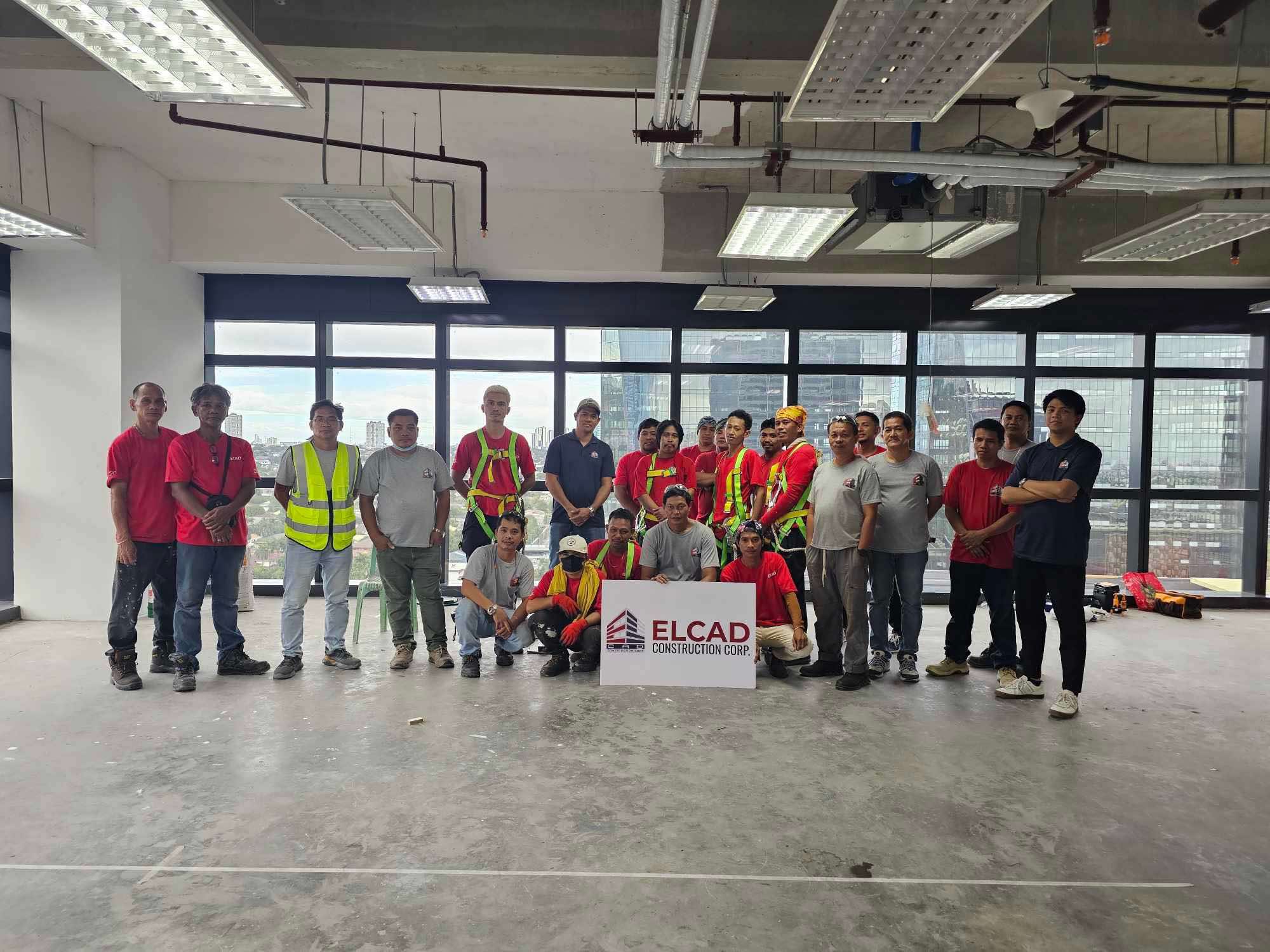A sustainable office is a workspace designed to reduce environmental impact while improving the health and well-being of its occupants. These offices prioritize eco-friendly materials, energy efficiency, water conservation, indoor air quality, and waste reduction.

What Makes an Office Sustainable?
Sustainable offices use specific strategies and materials to reduce their carbon footprint. Here are some of the most effective methods:
Eco-Friendly Building Materials
- Recycled Content: Using recycled metal, glass, or plastic lowers the demand for new raw materials and reduces landfill waste.
- Sustainably Sourced Wood: In the Philippines, the DENR Forest Management Bureau promotes sustainable wood sourcing through national forest certification programs.
- Low-Impact Materials: Bamboo, cork, reclaimed wood, and low-VOC (volatile organic compound) paints support better air quality and reduce toxicity indoors.
Energy and Water Efficiency
- LED Lighting and Smart Controls: Switching to energy-efficient lighting significantly reduces energy bills and maintenance needs.
- High-Performance Windows: Energy-efficient windows with insulation reduce heating and cooling costs.
- Water-Saving Fixtures: Low-flow toilets, faucets, and urinals help conserve water.
Healthy Interiors
- Low VOC Paints and Adhesives: These improve indoor air quality by minimizing harmful emissions.
- Natural Light Access: Sunlit environments reduce energy needs and boost productivity.
- Ergonomic Design: Promotes employee comfort and long-term well-being.
The Pros and Cons of Sustainable Offices
Benefits of a Sustainable Office
- Lower Operating Costs: Energy and water-efficient systems can reduce utility bills over time.
- Positive Environmental Impact: Sustainable offices reduce carbon emissions and waste, contributing to global conservation efforts.
- Healthier Workspaces: Improved air quality, lighting, and design support employee wellness.
- Stronger Brand Reputation: Companies seen as eco-conscious can attract clients and employees who value sustainability.
Challenges to Consider
- Higher Initial Costs: Upfront investment in green materials or technologies may be significant.
- Material Availability: Some eco-friendly products may have longer lead times or limited suppliers.
- Specialized Maintenance: Certain systems may require unique upkeep or technical knowledge.
- Cultural Resistance: Not all team members or stakeholders may see the immediate value in going green.
Smart Material Choices for a Greener Office
To successfully design a sustainable office, consider integrating the following construction elements:
- Recycled Glass and Metal: Great for partitions, tiles, and furniture components.
- Bamboo Flooring: A renewable alternative to hardwood that’s stylish and durable.
- Green Roofing Systems: Vegetated roofs help with insulation and reduce stormwater runoff.
- Energy-Efficient Windows and Doors: Improve thermal comfort and reduce electricity use.
- VOC-Free Finishes: Healthier options for interior paint, adhesives, and sealants.
- Recycled Carpets: Made with post-consumer materials, these reduce waste and promote circularity.
- Water-Efficient Plumbing Fixtures: Essential for reducing your water footprint.
For more ideas on integrating sustainability into your workspace, explore the US Green Building Council or get inspired by our sustainable office projects.
Partner with Elcad for a Greener Future
Building a sustainable office is more than a trend—it’s a commitment to a healthier future for your team and the planet. At Elcad, we specialize in eco-conscious construction solutions that support long-term sustainability goals.
Whether you’re starting from scratch or upgrading your current space, our team can help you design and build a workspace that aligns with your values. Ready to go green? Contact us today to build your sustainable office with Elcad.






